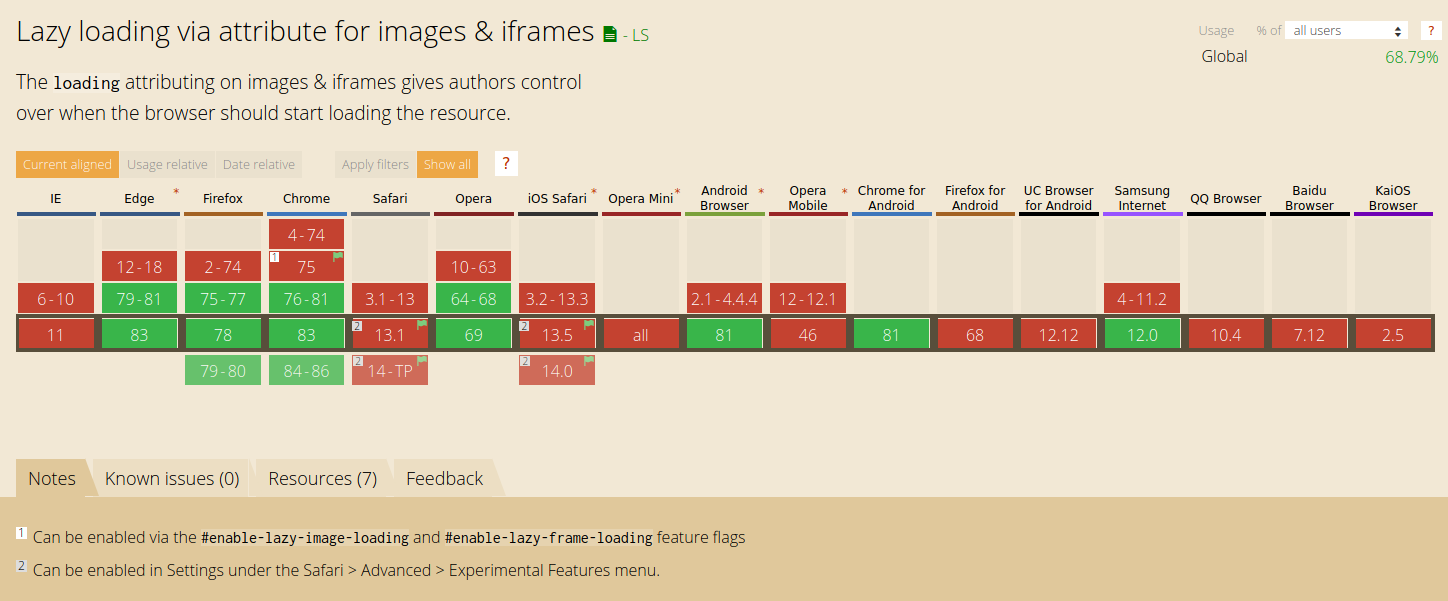A journey to improve the Time To Interactive metric in Classic Theme
When the lazy loading allow us to improve the LightHouse Score
The project Core Web Vitals from Google has announced that loading time and performance will have an impact on the website ranking in search results. Google mentions lazy loading in their suggestions. Lazy loading will be available on Classic Theme in version 1.7.8 thanks to Progi1984 and it will definitely improve both user experience and loading time on your site!
What is lazy loading ?
Lazy loading is a technique that defers loading of non-critical resources at page load time. Instead, these non-critical resources are loaded only when needed. For example, images which are at the bottom of the page are less critical than images at the top of the page and should consequently be loaded later.
This feature used to be provided by third party plugins or modules but is now supported natively in all modern browsers.
How can I enable native lazy loading on my theme ?
Browsers use the loading attribute on the <img> tag to defer loading of images that are off-screen until the user scrolls near them. Consequently on all your <img> tags, you must set a loading attribute with value lazy. And it’s done.
What browsers support this feature ?
This information can be found on multiple sources, such as “Can I Use”.

In 2020, native lazy loading is enabled on 68% of used browsers. And if the feature is not active on the browser, images will be loaded as usual.
PrestaShop Classic Theme performance analysis
At first, we considered using Lighthouse which is an open-source, automated tool for improving the quality of web pages. But after a few attempts, we encountered an issue in Lighthouse that prevented us to do so. It turns out the detection of lazy loading images is only performed in heavy pages (min 5000px).
Core developer Progi1984 chose to use the Google Chrome console and its Network tab in order to show you the performances evolution before and after lazy loading usage.
This test is based on the New Products page with 50 products (and so 50 images minimum) per page.
The benchmark is performed on develop and lazyloading branches.
First scenario is performed against develop branch.
Two measures are performed:
- the first on desktop mode with no throlling

- the second on emulated device “iPad Pro” mode with Fast 3G throlling

Second scenario happens on lazyloading branch.
Two measures are performed again:
- the first on desktop mode with no throlling

- the second on emulated device “iPad Pro” mode with Fast 3G throlling

A gain of 21% to 28% can be observed with lazyloading.
You are left to imagine the possible gains for users who browse your websites all around the world, with different connections profiles.
Conclusion
As a developer or theme provider, implementing this feature is a very good investment. The implementation is easy and the gain is huge is all we have to say.
